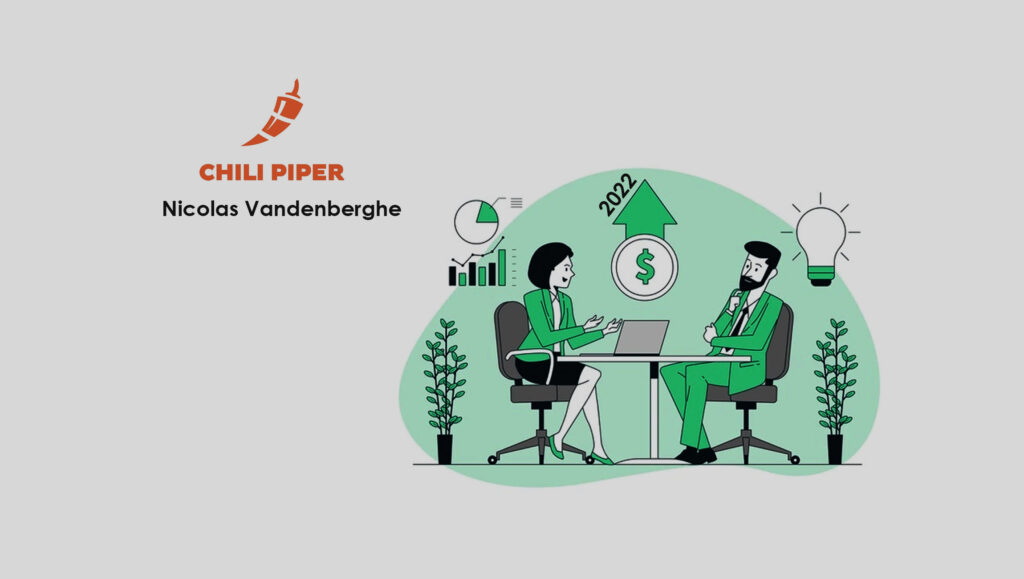It’s become abundantly clear that sales leaders will need to rethink the traditional sales approach in order to thrive in the new year. In 2022, we will see sales leaders finally acknowledge and act upon shifts the industry has started making in 2021. And, most of these changes will be driven by marketing; so sales teams need to keep up. One trend stands out as the most foundational change we’ll see – 2022 may be the year that we begin saying goodbye to inbound sales development representatives (SDRs.)
Today, there are nearly 719,000 SDRs in the U.S., according to Zippia. By adopting increased automation for basic qualification processes in the sales cycle, we will reduce our reliance on inbound SDRs and free up their time for more important tasks. Let’s explore how this move will impact sales in the new year.
Read More: The Importance Of Call Tracking In B2B Sales
Speed to lead is outdated: It has to be instantaneous
In marketing, arguably the single most important way to convert leads is “speed to lead,” or acting quickly when the prospect is engaged. While this may be intuitive, the consequences are immense. What this means is, it’s crucial to book a meeting instantly, or your prospect may look into your competitors – and even sign with them if they provide a more seamless inbound process. Automating qualifications rather than an actual phone call may be the best way to hold onto prospects’ attention while you have it. Automating this process will create an improved inbound process for prospects. And, it stands to reason that automation will rule over sales development representatives manually calling leads.
The Dark Funnel is replacing emails
We have seen time and time again that “People-Powered Marketing” is more effective than marketing automation. This means that prospects are more likely to act on information they find out for themselves versus what sales or marketing vendors may tell them. Through what 6Sense has dubbed “the Dark Funnel,” this type of in-network communication and self-education has strong buyer power on prospects. This includes Slack groups (“word of mouth”), meeting at events, reading others’ blogs, checking out reviews on G2, etc. As such, any inbound emails that SDRs would be sending to prospects are not as effective as the self-education that happens outside of a sales vendors’ control and access and is not trackable in marketing attribution models.
Give time back to your sales team
By freeing the sales team’s calendar from repetitive inbound tasks that can be automated such as data entry and scheduling meetings, you are allowing them to spend more time on tasks that require greater critical thinking and strategy. Vendors can save time and money by not needing to onboard inbound SDRs, and the sales team can benefit by spending more time on more involved tasks such as building sales decks and negotiating with client prospects.
It’s important to note that inbound SDRs should see a great opportunity to shift to other, more valuable sales positions at their current companies, where they can practice influence instead of mundane admin tasks. The goals of the eventual transition toward automation are quicker conversion rates and overall higher ROI. In this way, marketing and sales teams can be set up for success in the new year. In a changing world, it’s necessary to stay on top of sales trends, and adapt accordingly. Or, inbound sales pipelines will dry up and organizations will be left in the dust.
Read More: Managing Sales Commissions More Effectively In 2022: A Few Best Practices





















